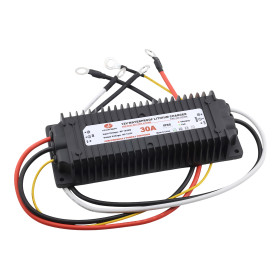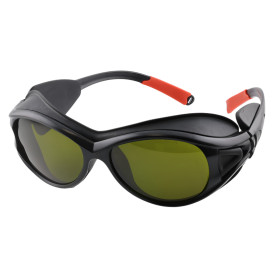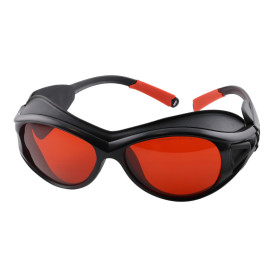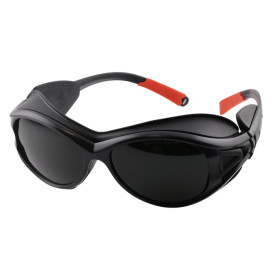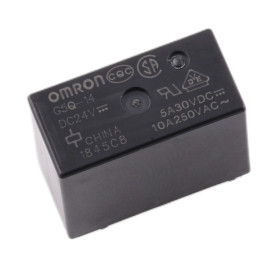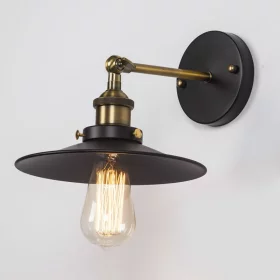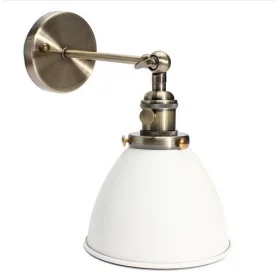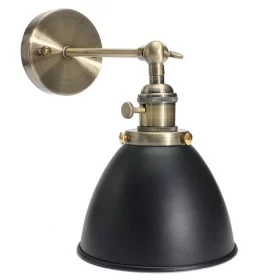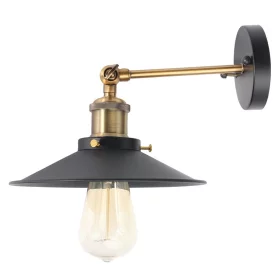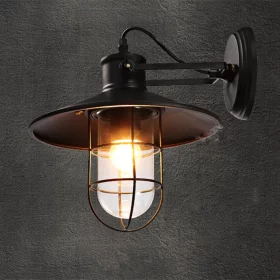Home
- LEDsaddremove
- Componentsaddremove
- Magnetsaddremove
- Electromagnetsaddremove
- Fansaddremove
- Battery
- Wires
- Indicators
- Thermostats
- Switches and toggle switchesaddremove
- Relays, magnetic contactsaddremove
- Fuses
- Printed circuits
- LED holders
- LED lenses
- LED drivers
- Accessories for LED strips
- Thermal paste
- Measuring equipment
- Connectors
- Terminal blocks, conductors
- Laser diodes, modulesaddremove
- Resistorsaddremove
- Capacitors
- Semiconductorsaddremove
- Crystals, Oscillators, Resonatorsaddremove
- Shrink tubes
- Transformers, Inductoraddremove
- Transistorsaddremove
- Structural componentaddremove
- Antennas
- Speakers and buzzers
- Electric motorsaddremove
- Heatingaddremove
- Magnets
- Power suppliesaddremove
- LED strips
- LED modules
- Aluminum profiles and accessoriesaddremove
- LED, CCFL rings
- Lampsaddremove
- Car bulbsaddremove
- Socket H1
- Socket H3
- Socket H4
- Socket H7
- Socket H8
- Socket H11
- Socket H16
- Socket H13
- Socket H27W
- Socket HB3, HB4
- Socket BA9S
- Socket BA15S
- Socket BA15D
- Socket BAU15S
- Socket BAY15D
- Socket BA20D
- Socket B8.5D - B8.3D
- Socket T3, T4.2, T4.7, T5
- Socket T10, W5W
- Socket T20, W21W
- Socket P13W
- Socket P15D
- Socket PX15D
- Socket PW24W
- P26S socket
- Socket P45T
- Socket Sufit
- BMW marker
- Accessories for car bulbsaddremove
- Accessoriesaddremove
- Smart home
- Shielding technologyaddremove
News


Wall lights
Wall lights are a versatile lighting solution that combines style with functionality. These fixtures are mounted directly on walls, making them an excellent option for accentuating architectural features, providing ambient illumination, and enhancing overall interior or exterior décor. Whether installed in hallways, living rooms, or outdoor spaces, wall lights offer a space-saving alternative to ceiling fixtures while delivering both aesthetic appeal and practical lighting.
Purpose and Usage
Wall lights serve multiple roles:
- Accent and Ambient Lighting:
They create focused zones of illumination that highlight key design elements or artwork, while also providing soft, ambient light to enhance the mood of a room. - Functional Illumination:
Ideal for corridors, staircases, and outdoor entryways, wall lights improve safety and visibility without occupying valuable floor space.
Advantages and Technical Parameters
- Design Versatility:
Available in a range of styles—from modern minimalistic sconces to vintage-inspired fixtures—wall lights can seamlessly blend with or accentuate any décor. - Energy Efficiency:
Many wall lights now incorporate LED technology, which offers high luminous efficacy and lower power consumption, reducing both energy costs and environmental impact. - Installation Flexibility:
Their wall-mounted design not only frees up ceiling space but also allows for creative lighting arrangements. - Key Technical Specifications:
- Luminous Flux (lm):
The brightness provided by a wall light is measured in lumens. To determine the optimal illumination level for a given space, you might use:
L=A×EL = A \times EL=A×E
where AAA is the area (in m2^22) and EEE is the desired illuminance (in lux). - Power Consumption (W):
Lower wattage combined with high lumens per watt indicates a more energy-efficient light. - Color Temperature (K):
This parameter defines whether the light appears warm, neutral, or cool. Warmer tones are preferred for cozy environments, while cooler tones can enhance productivity in work areas. - Beam Angle (°):
A well-chosen beam angle ensures that the light is distributed evenly, avoiding unwanted shadows or glare.
- Luminous Flux (lm):
Guidelines for Selecting the Right Wall Light
- Define Your Lighting Objective:
Decide whether you need the wall light primarily for decorative accentuation or for functional illumination. This will determine the type and brightness required. - Evaluate the Space:
Measure the area to be lit and use the formula:
Lumens=Area (m2)×Desired Lux\text{Lumens} = \text{Area (m}^2\text{)} \times \text{Desired Lux}Lumens=Area (m2)×Desired Lux
This calculation helps ensure that the selected wall light provides sufficient brightness. - Consider Style and Scale:
The design of the wall light should complement the room’s décor and be proportional to the wall space. Whether you opt for a sleek modern design or a more classic style, ensure that it harmonizes with your overall interior theme. - Assess Energy Efficiency and Compatibility:
Look for fixtures with a high lumens-per-watt ratio and check compatibility with existing control systems, such as dimmers or smart lighting setups, to achieve both aesthetic and practical goals.
By taking these factors into account, you can choose wall lights that not only enhance the visual appeal of your space but also provide energy-efficient, reliable illumination suited to your needs.

